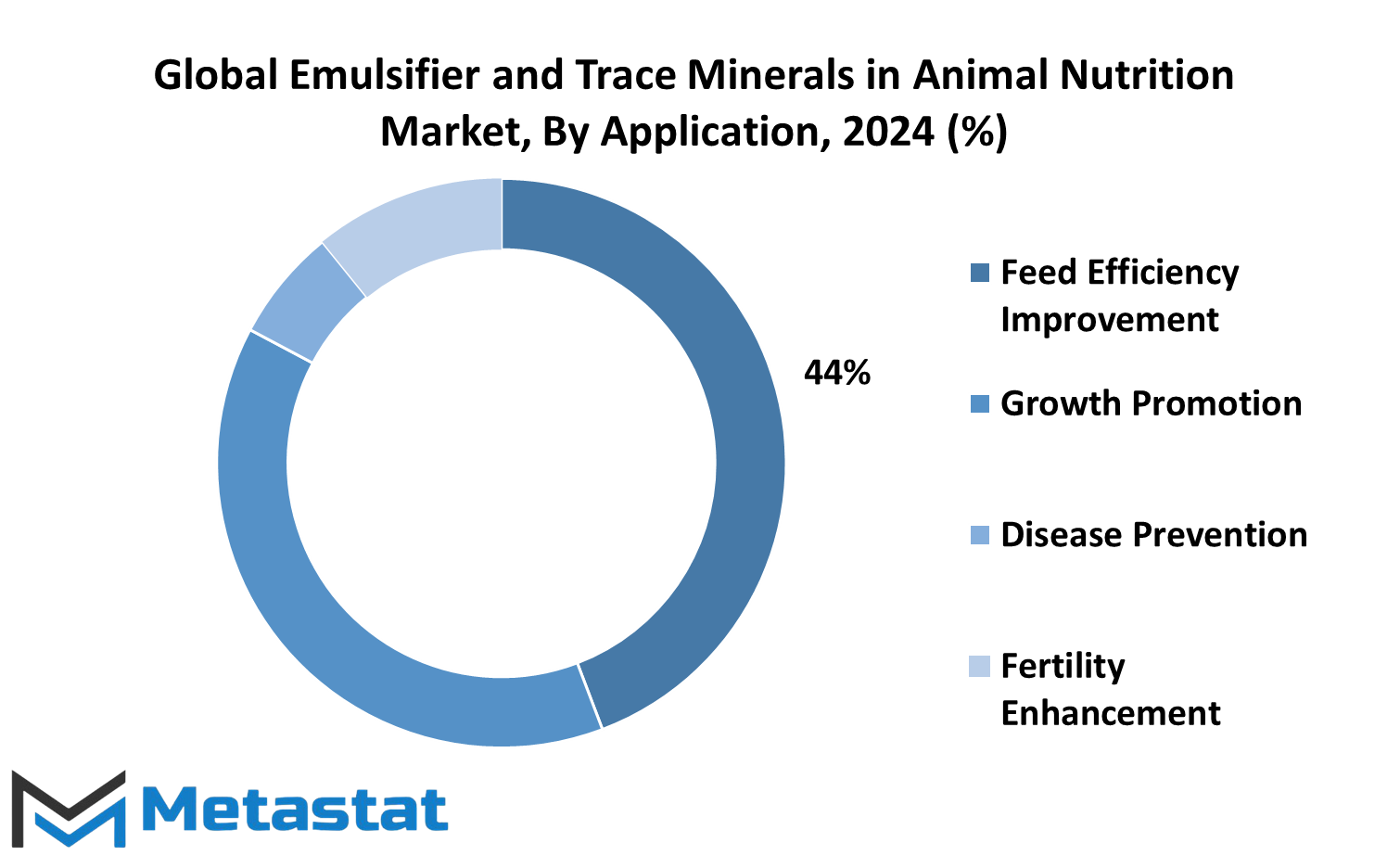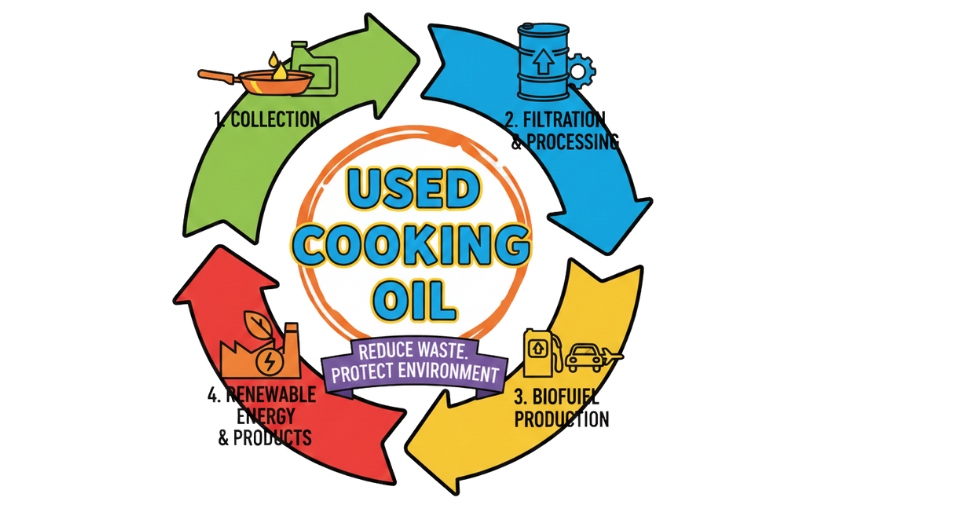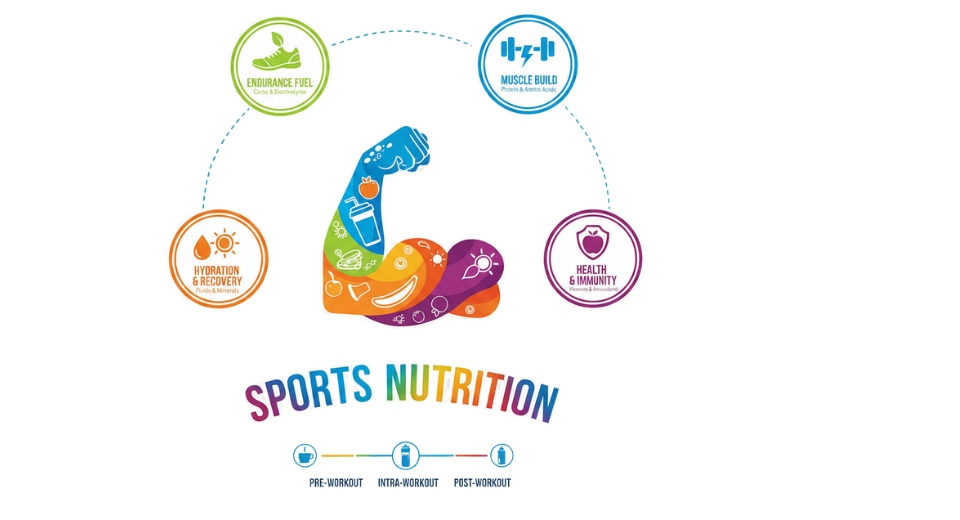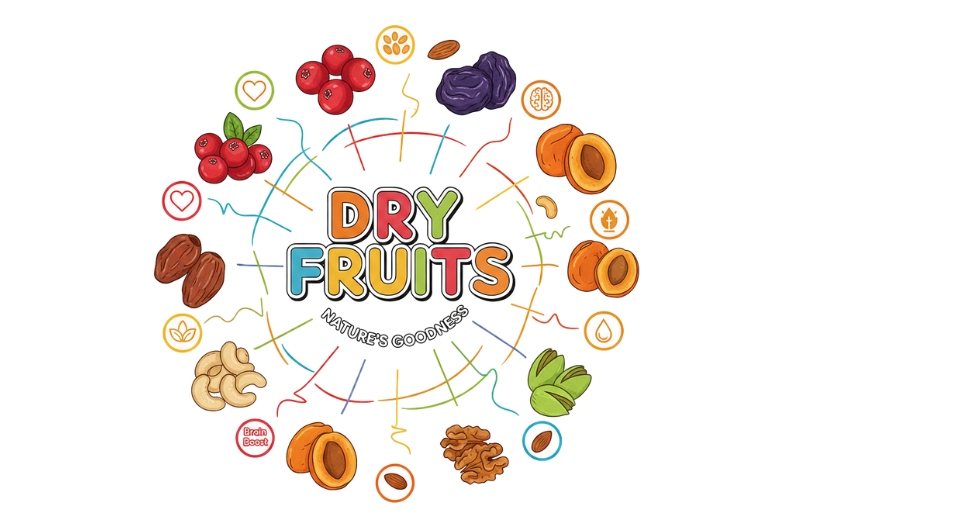MARKET OVERVIEW
The Global Emulsifier and Trace Minerals in Animal Nutrition market represents a significant sector within the broader animal nutrition industry. Emulsifiers play a crucial role in animal feed formulations by enhancing the dispersion of fat and water-soluble components, thereby improving the overall quality and nutritional value of the feed. Similarly, trace minerals, albeit required in smaller quantities, are essential for various physiological functions in animals, including enzyme activation, immune response, and growth regulation.
In recent years, the demand for high-quality animal nutrition products has surged, driven by the growing awareness among livestock producers regarding the importance of nutrition in animal health and performance. This trend has propelled the expansion of the global emulsifier and trace minerals market as stakeholders seek innovative solutions to optimize animal feed formulations and enhance productivity.
The industry landscape of global emulsifier and trace minerals in animal nutrition is characterized by intense competition and dynamic market forces. Key players in the market continually strive to differentiate their offerings through research and development initiatives aimed at improving product efficacy, safety, and sustainability. Moreover, regulatory developments and shifting consumer preferences towards natural and organic ingredients exert a profound influence on market dynamics, driving manufacturers to adapt and innovate to meet evolving industry standards.
One of the prominent trends shaping the market is the increasing focus on sustainable practices and environmental stewardship. As the livestock industry faces scrutiny regarding its environmental impact, there is growing pressure to develop feed additives that minimize ecological footprint without compromising animal health and performance. Consequently, manufacturers are investing in eco-friendly production processes and exploring alternative sources of emulsifiers and trace minerals to align with sustainability goals and meet regulatory requirements.
Furthermore, technological advancements and digitalization are revolutionizing the way stakeholders engage in the animal nutrition market. From precision feeding systems to data analytics platforms, innovative technologies are enabling more informed decision-making and enhancing operational efficiency across the value chain. This digital transformation is expected to accelerate the adoption of advanced feed additives, including emulsifiers and trace minerals, as producers seek to optimize feed formulations and maximize returns on investment.
The global emulsifier and trace minerals in animal nutrition market exhibit promising growth prospects, driven by favorable trends such as increasing demand for high-quality animal products, expanding livestock population, and rising disposable incomes in emerging economies. However, the market also faces challenges, including volatile raw material prices, stringent regulatory frameworks, and evolving consumer preferences. To thrive in this competitive landscape, industry players must remain agile, innovative, and responsive to emerging trends and market dynamics. By leveraging technological advancements, embracing sustainability initiatives, and prioritizing customer-centric strategies, stakeholders can unlock new opportunities and drive sustainable growth in the global emulsifier and trace minerals in animal nutrition market.
Global Emulsifier and Trace Minerals in Animal Nutrition market is estimated to reach $1287.4 Million by 2031; growing at a CAGR of 6.1% from 2024 to 2031.

GROWTH FACTORS
The global market for emulsifiers and trace minerals in animal nutrition is influenced by various factors that drive, restrict, and provide opportunities for its growth. One of the primary drivers of this market is the increasing demand for high-quality animal products. Consumers are becoming more conscious about the quality of the food they consume, including animal-derived products such as meat, milk, and eggs. As a result, there is a growing preference for products derived from animals that are raised in healthier and more sustainable conditions. This trend has led to a greater focus on animal nutrition to improve the overall quality of animal products.
Another significant driver is the rising awareness about animal health and nutrition. Animal owners and producers are increasingly recognizing the importance of providing proper nutrition to their livestock to ensure their well-being and productivity. This awareness has led to a greater emphasis on formulating feed that meets the specific nutritional requirements of different animal species and stages of growth. Emulsifiers and trace minerals play a crucial role in enhancing the nutritional value of animal feed, thereby contributing to the health and performance of livestock.
However, despite the growth drivers, the market faces certain restraints that can impede its growth trajectory. One such restraint is the fluctuations in raw material prices. Emulsifiers and trace minerals are often derived from natural sources, and their prices can be subject to fluctuations due to various factors such as weather conditions, geopolitical events, and supply chain disruptions. These price fluctuations can impact the cost of production for manufacturers and subsequently affect the pricing of animal nutrition products, thereby posing a challenge for market growth.
Additionally, stringent regulations and compliance standards pose another significant restraint for the market. Governments and regulatory bodies impose strict regulations on the use of additives in animal feed to ensure food safety, animal health, and environmental sustainability. Compliance with these regulations requires manufacturers to adhere to specific guidelines regarding the types and levels of emulsifiers and trace minerals used in animal nutrition products. Meeting these compliance standards can be both time-consuming and costly for manufacturers, which can hinder market growth.
Despite these challenges, the market presents opportunities for growth, particularly through innovation in feed formulation and additive technologies. Manufacturers are increasingly investing in research and development to develop novel formulations and technologies that enhance the efficacy and safety of emulsifiers and trace minerals in animal nutrition. These innovations aim to address the evolving needs and preferences of consumers and regulators while also improving the overall efficiency and sustainability of animal production systems. By leveraging technological advancements, manufacturers can unlock new opportunities for market expansion and differentiation in the competitive landscape.
The global market for emulsifiers and trace minerals in animal nutrition is influenced by various factors, including drivers such as increasing demand for high-quality animal products and rising awareness about animal health and nutrition, as well as restraints such as fluctuations in raw material prices and stringent regulations. However, opportunities for growth exist through innovation in feed formulation and additive technologies, which can help manufacturers overcome challenges and capitalize on emerging trends in the animal nutrition market.
MARKET SEGMENTATION
By Type
In the global market for emulsifiers and trace minerals in animal nutrition, there are various types available to cater to different needs. These types are further broken down into emulsifiers and trace minerals, each serving specific purposes in enhancing animal nutrition.
Emulsifiers play a crucial role in animal nutrition by aiding in the dispersion of fat molecules in water-based solutions. They help improve the consistency and stability of feed formulations, ensuring uniform distribution of nutrients to animals. By breaking down fat molecules into smaller droplets, emulsifiers facilitate better digestion and absorption of essential nutrients, ultimately promoting animal health and growth.
On the other hand, trace minerals are essential nutrients required by animals in small quantities for various physiological functions. These minerals, including zinc, copper, iron, selenium, and manganese, among others, play vital roles in metabolism, immunity, reproduction, and overall health. Despite being needed in minute amounts, their absence or deficiency can have detrimental effects on animal health and productivity.
The segmentation of the global market into emulsifiers and trace minerals allows for a more focused approach in meeting the specific nutritional requirements of different animal species and production systems. Emulsifiers are particularly beneficial in poultry and swine diets, where fat digestion and nutrient absorption are crucial for optimal performance. Trace minerals, on the other hand, are essential components of ruminant diets, as they play key roles in rumen function, metabolic processes, and immune responses.
Furthermore, within each type of emulsifier and trace mineral, there is a wide range of products available, each offering unique features and benefits. For example, emulsifiers derived from natural sources such as plant extracts or microbial fermentation are gaining popularity due to their perceived safety and sustainability compared to synthetic alternatives. Similarly, trace mineral supplements formulated using organic or chelated forms are preferred over inorganic salts for their superior bioavailability and efficacy in meeting animal requirements.
By Emulsifiers
In the expansive domain of animal nutrition, certain key elements play pivotal roles in ensuring the health and productivity of livestock. Among these, emulsifiers and trace minerals stand out as crucial components. Within the global market focusing on animal nutrition, these elements hold significant sway, affecting various aspects of animal health and well-being.
Emulsifiers serve as vital additives in animal feed, contributing to the overall quality and efficacy of the nutrition provided to livestock. They aid in the dispersion of fats and oils within feed mixtures, facilitating better digestion and absorption of essential nutrients. In the global Emulsifier and Trace Minerals in Animal Nutrition market, the category of emulsifiers encompasses several subtypes, including lecithin, sorbitan esters, mono- and diglycerides, along with others.
Lecithin, a prominent emulsifier, is widely utilized in animal feed formulations for its emulsifying properties derived from its phospholipid content. By facilitating the emulsification of lipids, lecithin enhances the digestibility of fats in animal diets, thereby improving nutrient utilization and overall feed efficiency.
Sorbitan esters represent another category of emulsifiers commonly employed in animal nutrition. These compounds exhibit excellent emulsifying properties, enabling the uniform dispersion of lipids in feed mixtures. By enhancing the stability and consistency of feed formulations, sorbitan esters contribute to improved palatability and consumption among livestock, ultimately supporting their growth and performance.
Mono- and diglycerides, comprising a diverse group of emulsifiers, play crucial roles in stabilizing emulsions and enhancing the texture of animal feed. These compounds effectively bind water and oil components within feed matrices, preventing phase separation and ensuring uniform distribution of nutrients. As a result, mono- and diglycerides contribute to the overall quality and homogeneity of animal diets, promoting optimal nutrient uptake and metabolic function in livestock.
Apart from emulsifiers, trace minerals constitute another essential component of animal nutrition, exerting profound effects on various physiological processes and metabolic pathways. Trace minerals, including zinc, copper, iron, selenium, and manganese, among others, play indispensable roles in enzyme function, immune response, reproduction, and growth in animals.
Within the global Emulsifier and Trace Minerals in Animal Nutrition market, emulsifiers and trace minerals emerge as indispensable components, each playing unique roles in promoting the health, productivity, and well-being of livestock. By understanding the significance of these elements and their diverse applications in animal feed formulations, stakeholders can make informed decisions to optimize animal nutrition and enhance agricultural sustainability.
By Trace Minerals
In the expansive world of animal nutrition, there exists a vital market for emulsifiers and trace minerals. These components play crucial roles in enhancing the health and performance of various animal species, ranging from livestock to pets. Specifically, the global market for emulsifiers and trace minerals in animal nutrition encompasses a wide array of products aimed at fulfilling the dietary needs of animals across the globe.
When we talk about trace minerals, we refer to essential nutrients that animals require in relatively small quantities for various physiological functions. These trace minerals include zinc, iron, copper, manganese, selenium, and others. Each of these minerals plays a unique role in supporting the overall well-being of animals, from aiding in the formation of enzymes to boosting immune function.
Zinc, for instance, is essential for proper growth and development, immune function, and reproduction in animals. Iron is crucial for oxygen transport in the bloodstream and energy metabolism. Copper plays a vital role in the formation of connective tissues, pigmentation, and enzyme function. Manganese is necessary for bone development, reproduction, and carbohydrate metabolism. Selenium acts as a potent antioxidant, protecting cells from oxidative damage and supporting thyroid function. These minerals, along with others, form the backbone of animal nutrition, ensuring that animals receive the necessary nutrients for optimal health and performance.
In the global market for emulsifiers and trace minerals in animal nutrition, these essential nutrients are supplied in various forms, including premixes, supplements, and additives. These products are formulated to meet the specific dietary requirements of different animal species and production systems. For example, premixes are custom blends of vitamins, minerals, and other nutrients added to animal feed to ensure balanced nutrition. Supplements provide additional doses of specific nutrients to address deficiencies or enhance performance, while additives are incorporated into feed to improve its quality, palatability, or shelf-life.
The demand for emulsifiers and trace minerals in animal nutrition is driven by several factors, including the growing population of livestock animals, increasing consumer awareness about the importance of animal welfare and product quality, and the rising trend of intensive animal farming practices. As farmers strive to optimize production efficiency and meet the rising demand for animal-derived products, the need for effective nutrition solutions becomes paramount.
Moreover, as the agriculture industry undergoes rapid transformation and modernization, there is a greater emphasis on sustainable and environmentally friendly practices. Emulsifiers and trace minerals play a crucial role in supporting sustainable animal production by improving feed efficiency, reducing waste, and minimizing environmental impact.
The global market for emulsifiers and trace minerals in animal nutrition is a dynamic and essential sector of the agricultural industry. With a focus on providing essential nutrients to support animal health, welfare, and productivity, this market continues to evolve to meet the changing needs of livestock producers and consumers worldwide. As we move forward, it is imperative to prioritize research and innovation in animal nutrition to ensure the sustainability and resilience of our food systems.
By Application
The global market for emulsifiers and trace minerals in animal nutrition is a vital component of the agricultural industry. These substances play a crucial role in enhancing the health and productivity of livestock. Emulsifiers help in the uniform distribution of fats in animal feed, aiding in better digestion and absorption of nutrients. Meanwhile, trace minerals such as zinc, copper, and selenium are essential for various physiological functions in animals, including growth, reproduction, and immunity.
When we look at the market segmentation based on application, we find that emulsifiers and trace minerals are utilized for different purposes in animal nutrition. One significant application is feed efficiency improvement. Emulsifiers help in breaking down fats and oils present in feed, which enables animals to digest their food more efficiently. This leads to better utilization of nutrients, ultimately resulting in improved feed conversion ratios and reduced feed costs for farmers.
Another important application is growth promotion. Trace minerals such as zinc and copper are known to play key roles in the growth and development of animals. They are involved in various metabolic processes that regulate protein synthesis, bone formation, and muscle growth. By supplementing animal diets with these essential minerals, farmers can ensure optimal growth rates and achieve higher yields in terms of meat, milk, or eggs.
Disease prevention is also a critical aspect of animal nutrition. Emulsifiers and trace minerals contribute to the overall health and immunity of livestock, making them more resistant to diseases and infections. For instance, selenium is essential for the proper functioning of the immune system, while zinc has antimicrobial properties that help in combating pathogens. By incorporating these nutrients into animal diets, farmers can reduce the incidence of diseases and minimize the need for antibiotics or other medications.
Furthermore, fertility enhancement is an important consideration in animal husbandry. Trace minerals like selenium and copper are vital for reproductive health in both male and female animals. They are involved in processes such as sperm production, ovulation, and embryo development. By ensuring adequate levels of these minerals in the diet, farmers can improve breeding efficiency and enhance reproductive performance in their livestock.
Overall, the global market for emulsifiers and trace minerals in animal nutrition is driven by the need to improve the efficiency, productivity, and health of livestock. These substances play diverse roles in animal metabolism, ranging from digestion and nutrient absorption to growth, immunity, and reproduction. By understanding the various applications of emulsifiers and trace minerals, farmers can make informed decisions about their use in animal diets, ultimately leading to better outcomes in terms of animal performance and farm profitability.

REGIONAL ANALYSIS
The global market for emulsifiers and trace minerals in animal nutrition is analyzed regionally, considering various geographical areas such as North America, Europe, Asia-Pacific, Latin America, and the Middle East and Africa. Each region presents unique dynamics and factors that influence the demand and supply of emulsifiers and trace minerals in animal nutrition.
North America, being one of the prominent regions in the global market, holds a significant share due to its advanced infrastructure and technology in the animal nutrition sector. The region is characterized by a high level of awareness regarding animal health and nutrition, leading to a steady demand for quality emulsifiers and trace minerals. Additionally, stringent regulations regarding animal welfare and food safety further drive the adoption of these products in the region.
Europe, another major player in the global market, exhibits a similar trend with a strong focus on animal welfare and food quality standards. Countries within the European Union adhere to strict regulations governing the use of additives in animal feed, including emulsifiers and trace minerals. As a result, the demand for high-quality products that comply with these regulations remains robust in the European market.
The Asia-Pacific region, comprising countries such as China, India, Japan, and Australia, represents a rapidly growing market for emulsifiers and trace minerals in animal nutrition. With a burgeoning population and increasing disposable income, there is a growing demand for animal protein, driving the need for enhanced animal nutrition solutions. Moreover, the expansion of the livestock industry in countries like China and India further fuels the demand for emulsifiers and trace minerals to improve feed efficiency and animal health.
Latin America is also emerging as a lucrative market for emulsifiers and trace minerals in animal nutrition, driven by the growth of the livestock sector in countries like Brazil and Argentina. These countries are among the largest producers and exporters of meat products, creating a significant demand for additives that can enhance the quality and nutritional value of animal feed.
The Middle East and Africa, although relatively smaller compared to other regions, present opportunities for market players due to the growing awareness about animal health and nutrition. Countries in the region are increasingly investing in modernizing their livestock production systems to meet the rising demand for meat and dairy products. This, in turn, fuels the demand for emulsifiers and trace minerals to optimize animal feed formulations and improve overall productivity.
The regional analysis of the global market for emulsifiers and trace minerals in animal nutrition highlights the diverse factors influencing demand and supply across different geographical areas. While North America and Europe remain key markets driven by strict regulations and advanced infrastructure, regions like Asia-Pacific, Latin America, and the Middle East and Africa offer significant growth opportunities fueled by demographic and economic factors shaping the livestock industry.
COMPETITIVE PLAYERS
In the global market of emulsifiers and trace minerals for animal nutrition, several companies play a significant role. These key players are essential in driving innovation, setting industry standards, and meeting the diverse needs of consumers worldwide.
Among the prominent competitors in this sector are BASF SE, Cargill, Incorporated, DSM Firmenich, Bluestar Adisseo, QualiTech, LLC, Novus International, Inc., Nutreco N.V., Alltech, Inc., Orffa, Zinpro Corporation, Nouryon, Kemin Industries, Inc., and Phileo by Lesaffre.
BASF SE stands as one of the leading chemical companies globally, with a robust presence in various industries, including animal nutrition. Cargill, Incorporated, a multinational corporation, is renowned for its diverse range of food, agricultural, financial, and industrial products and services, including those related to animal nutrition. DSM Firmenich is recognized for its focus on nutrition, health, and sustainable living solutions, making it a key player in providing emulsifiers and trace minerals for animal well-being.
Bluestar Adisseo, another significant player, specializes in providing nutritional solutions for animals, contributing to their overall health and productivity. QualiTech, LLC, is known for its innovative approach to developing specialty ingredients, including those aimed at enhancing animal nutrition. Novus International, Inc., is a leader in animal health and nutrition solutions, offering a wide array of products and services to meet industry demands.
Nutreco N.V. is a global leader in animal nutrition and aquafeed, providing sustainable solutions to enhance the efficiency and sustainability of livestock and aquaculture production. Alltech, Inc., is renowned for its focus on natural animal nutrition and health products, contributing to improved animal performance and well-being.
Orffa is a prominent player in the animal nutrition industry, offering a diverse portfolio of specialty feed additives and ingredients. Zinpro Corporation specializes in trace mineral nutrition, providing innovative solutions to optimize animal health and performance. Nouryon is a leading chemical company, offering a wide range of products and solutions, including those related to animal nutrition.
Kemin Industries, Inc., is known for its commitment to improving the quality of life for humans and animals through its innovative nutritional and health solutions. Phileo by Lesaffre specializes in yeast and yeast derivatives, offering solutions for animal nutrition and well-being.
These competitive players drive the advancement of the emulsifier and trace minerals in animal nutrition market through their dedication to innovation, quality, and sustainability. By continually striving to meet the evolving needs of consumers and industry, they play a vital role in shaping the future of animal nutrition worldwide.
Emulsifier and Trace Minerals in Animal Nutrition Market Key Segments:
By Type
- Emulsifiers
- Trace Minerals
By Emulsifiers
- Lecithin
- Sorbitan Esters
- Mono- and Diglycerides
- Others
By Trace Minerals
- Zinc
- Iron
- Copper
- Manganese
- Selenium
- Others
By Application
- Feed Efficiency Improvement
- Growth Promotion
- Disease Prevention
- Fertility Enhancement
Key Global Emulsifier and Trace Minerals in Animal Nutrition Industry Players
- BASF SE
- Cargill, Incorporated
- DSM Firmenich
- Bluestar Adisseo
- QualiTech, LLC
- Novus International, Inc.
- Nutreco N.V.
- Alltech, Inc.
- Orffa
- Zinpro Corporation
- Nouryon
- Kemin Industries, Inc.
- Phileo by Lesaffre
WHAT REPORT PROVIDES
- Full in-depth analysis of the parent Industry
- Important changes in market and its dynamics
- Segmentation details of the market
- Former, on-going, and projected market analysis in terms of volume and value
- Assessment of niche industry developments
- Market share analysis
- Key strategies of major players
- Emerging segments and regional growth potential








 US: +1 3023308252
US: +1 3023308252






